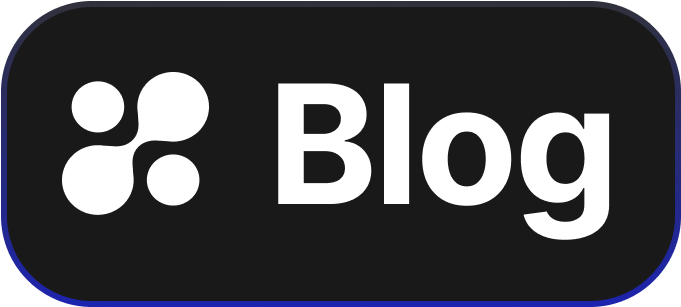Understanding LDAP and OAuth 2.0: A Simplified Guide for Technology Managers
When managing technology in organizations, understanding how systems interact securely is crucial. LDAP (Lightweight Directory Access Protocol) and OAuth 2.0 are vital technologies for managing user authentication and access. This guide will explain these concepts using straightforward terms and focus on how they differ and work together.
What is LDAP?
LDAP is a protocol or a set of rules, that allows you to store and retrieve information about users and resources within your network. Imagine having a phone book where you can look up contact information quickly. Similarly, LDAP domains help you organize users, keep track of their credentials, and make sure they can access the right resources. This information is stored in a directory that can be accessed by different applications.
- What does LDAP do? It helps manage user data so that users can log in and use applications securely.
- Why is LDAP important? It reduces the chances of managing user data in multiple places, making processes efficient and secure.
What is OAuth 2.0?
OAuth 2.0 is a protocol that lets users give applications limited access to their data without sharing their passwords. It's like giving a guest key to a friend who visits your home. This "guest key"lets them enter parts of your house but doesn't give them full access.
- What does OAuth 2.0 do? It allows apps to connect and share information securely without compromising passwords.
- Why is OAuth 2.0 important? It ensures security and privacy by controlling what applications can access without exposing sensitive information.
How LDAP and OAuth 2.0 Interact
In many organizations, both LDAP and OAuth 2.0 are used together to enhance security and simplify user management. Here's how they complement each other:
- Centralizing User Authentication: LDAP can manage user credentials in one place. OAuth 2.0 uses these credentials to provide secure access to multiple applications.
- Improving User Experience: By leveraging OAuth 2.0, users can seamlessly access applications without repeated logins, using their LDAP credentials.
- Boosting Security: OAuth 2.0 limits the access level to necessary user data, reducing risk in case of a credential breach.
Implementing LDAP and OAuth 2.0
Deploying these technologies may seem complex, but tools like Hoop.dev simplify the process, helping you see these systems in action within minutes. Here's how you can get started:
- Understand the directory structure with LDAP to keep your user information organized.
- Use OAuth 2.0 to allow secure connections between applications without handling sensitive passwords.
- Explore Hoop.dev to witness how integrations happen smoothly and quickly, enhancing both security and user experience.
LDAP and OAuth 2.0 are trending choices for technology managers to address the need for reliable and secure access and authentication methods. Enable yourself by learning to counsel these systems effectively through resources and tools designed to simplify the integration process, like Hoop.dev.
Experience the ease and security of integrating these powerful protocols directly with Hoop.dev. Get started today and see a live demonstration in minutes!
